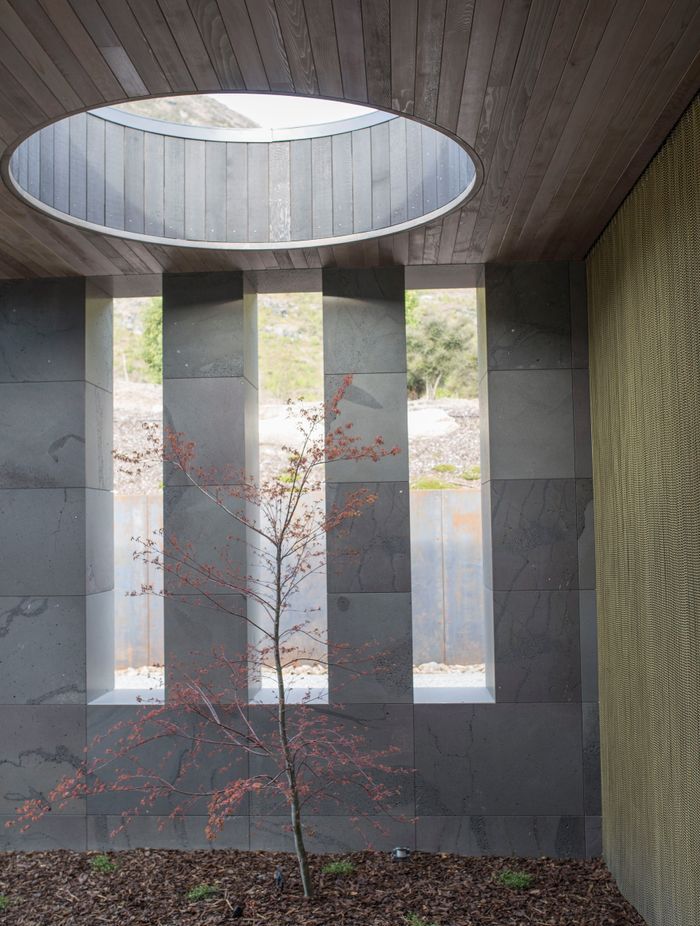Five benefits of designing with local stone
Written by
13 January 2019
•
3 min read

The advantage of buying New Zealand made is well understood across the architecture and construction industries; most new homes are constructed from homegrown pinus radiata and we use wool from local sheep in our insulation. But the benefits of using stone quarried in our own backyard are not well recognised, so we spoke to Timaru Bluestone’s Renè Kempf to get the lowdown on the benefits of going local for stone.
Environmental impact
The most obvious of all reasons to buy anything local rather than sourcing it from overseas is the impact of freight on the environment. Timaru Bluestone sources their stone from a local quarry and therefore reduces the potential impact on the environment.
It’s something that’s important to many home owners and architects as the industry strives for more sustainable ways of building.
Renè says for the owners of the award-winning Volcano House in Auckland’s Devonport, including Timaru Bluestone cladding in their build was important to them, both in looks, but also in environmental impact.
Though the stone has a price point higher than some alternatives, the extra cost was worth it to the discerning homeowners, he says, because “it’s worth paying more to get something so beautiful.”
It’s ethically sourced and fabricated
Quarries in New Zealand have strict safety standards that they must operate under. When buying stone from overseas it can be difficult to ascertain the safety standards and the conditions that the workers are exposed to. Workers in our stone industry are also supported and protected by New Zealand’s robust employment law.
It’s made for our environment
Timaru Bluestone’s basalt stone was formed from volcanic lava flow - it’s a natural phenomenon that produces a stunningly beautiful stone product. Once the basalt is extracted it’s transported only 15km from the local quarry to the fabrication site in Timaru.
Renè says the techniques used to extract the stone are carefully considered to ensure that the stone is not affected by the “crazed cracking” that often plagues alternatively sourced basalt. Stone that has these cracks often fails when exposed to “freeze – thaw” conditions.

After sales support is on hand
If there is an issue with an order supplied by Timaru Bluestone Industries Limited, being local they can respond in a timely manner to ensure that all customers are fully satisfied.
“Additionally, we make everything custom or bespoke, we don’t do ‘off-the-rack’, we prefer to work with the designers to find a solution that works for the customer,” says Renè. Because of this, there’s no standard one-size-fits-all specification for the stone, and if a client is short on material, or needs something custom matched, the same material can be supplied. In some cases, this has occurred many years after the initial work was completed.
You know what you’re getting
When it comes to locally sourced stone, you can speak directly to “those at the quarry face” and see the product in local architecture and landscape design to get a real feel for how the stone might look and feel in your design.
Over the years Timaru Bluestone has supplied stone for a vast number of public projects including the Christchurch Art Gallery, Christchurch Airport, and the paving in Newmarket, Lorne Street and High Street in Auckland.
Want to know more about using locally sourced basalt stone for your project? Be sure to visit Timaru Bluestone on ArchiPro today or contact the Timaru office to learn more.

